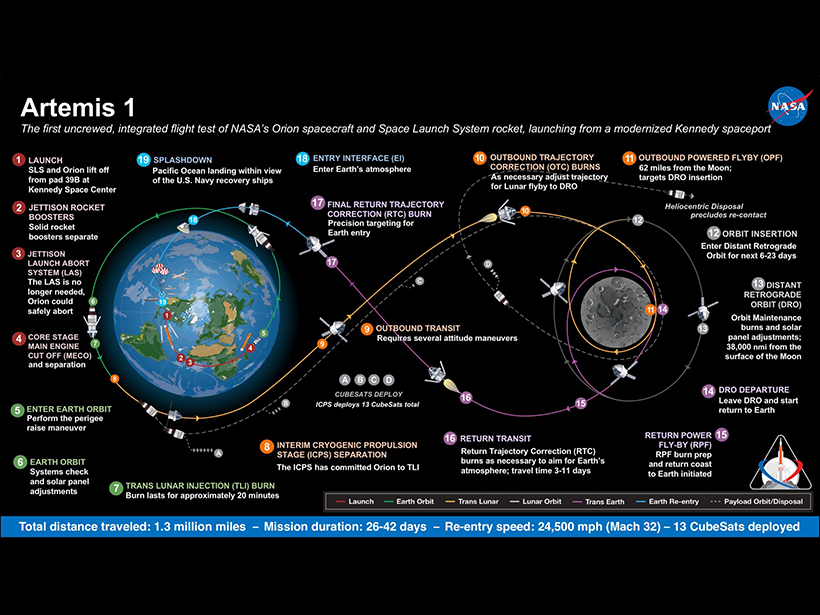What Earth and space science stories are we recommending this week?
lists!
Five Things Spy Satellites Have Taught Us About Earth
Long before we had satellites beaming terabytes of data back to Earth, we had covert spacecraft the size of school buses snapping photos on rolls of film 50 kilometers long.
Six Ways Satellites Tracked COVID-19
A new database reveals dimmer cities, empty farming fields, and vacant ports.
Eight Lessons from COVID-19 to Guide Our Climate Response
The global response to the ongoing pandemic can teach us how we should, and shouldn’t, respond to the climate crisis. And most important, it shows that we can do something.
New Classification System for Lakes Forecasts a Warming Trend
Researchers devised a system of nine thermal categories for lakes and estimate that 79% of northern frigid lakes could become warmer types.
Five Spitzer Discoveries About Solar Systems Near and Far
The powerful infrared space telescope is powering down after 16 years. It has revolutionized our understanding of solar systems, including hidden surprises in our own.
Five Environmental Consequences of Australia’s Fires
Australia’s road to recovery may be long: Here’s a developing list of how the fires are affecting glaciers, wildlife, water supplies, and global carbon emissions.
Eight Lessons I Learned Leading a Scientific “Design Sprint”
Applying the fast-paced technique, pioneered by Google to spur rapid innovation, to space science yielded unexpected benefits and may be a model for collaborations across many scientific disciplines.
ABCD: Artemis, Brazil, Climate, Diamonds (and Some Other Things)
What Earth and space science stories are we recommending this week?
Fish, Birds, a Few Fossils, and Other Things We’re Reading About
What Earth and space science stories are we recommending this week?










